In the intricate tapestry of economic indicators, inflation often serves as a barometer of economic health. On Thursday, new data revealed a sharp slowdown in inflation for March, painting a picture of an economy that, despite its resilience, is teetering on the edge of a precipice. The Consumer Price Index (CPI) report, which showed inflation cooling to an annual rate of 2.4% in March from 2.8% in February, might have been a cause for celebration in any other timeline. Instead, it has become yet another "what might have been" for the US economy, overshadowed by President Trump's aggressive trade moves and the looming threat of escalating tariffs.
In a world where economic stability is paramount, the CPI report should have been a beacon of hope, signaling that the cost of living for Americans was no longer surging. However, the current economic landscape is far from ordinary. As countries, businesses, markets, and consumers grapple with America's most severe escalation of tariff rates in over a century, the significance of the CPI report has been fundamentally altered.
Economists have long cautioned that the CPI report might mark the nadir of inflation this year. The tariffs imposed by the Trump administration have the potential to upend the global economic order, making imports—and, by extension, consumer end-products—markedly more expensive. Robert Frick, a corporate economist at Navy Federal Credit Union, aptly described the situation: "If you consider a before and after snapshot, this is the 'before.' We may be whistling past the graveyard right now, because we know that costs are going to increase."
The Bureau of Labor Statistics data released on Thursday revealed that prices fell 0.1% from the month before, a slower pace of growth compared to the 0.2% gain recorded in February. This marks the first time prices have fallen on a monthly basis since May 2020. Economists had anticipated that falling energy prices would drive down the overall CPI rate to 0.1% for the month and 2.6% for the year, according to FactSet. The decline in energy prices, partly due to seasonal adjustments, played a significant role in lowering the overall CPI index. Prices typically rise in March, but this year, they were muted due to growth and recession concerns.
However, the slowing of inflation shown in the March CPI report is unlikely to be a reliable indicator of future price trends, according to Frick. "Inflation was falling on its own," he noted. "It appears as though we really were going to start heading back toward lower inflation." But now, that trajectory seems uncertain. "We’re likely going to be driving off a cliff here pretty soon," Frick warned. "Let’s not put blinders on, because the situation is still perilous for prices."
EY-Parthenon economists' latest model for the CPI, following Trump's announcement of a 90-day pause on "reciprocal" tariffs for many countries, the imposition of a 10% across-the-board tariff on imports, and the increase of China's tariff rate to 125%, projects a rise of 0.8 percentage points this year. The March CPI report, while informative, feels somewhat dated given that the majority of Trump's tariffs went into effect earlier this month. Nevertheless, it provides a glimpse into how the administration's trade policies and the initial batch of imposed tariffs are affecting consumer prices for common goods and services.
For instance, the administration has attributed falling oil and gas prices to the success of Trump's "drill baby drill" policies. However, Wells Fargo economists point out that these price declines are also due to a supply-demand imbalance and broader growth concerns weighing on crude prices. Additionally, airline fares plummeted 5.3% for the month, and recreation prices experienced an atypical dip, falling 0.1%. This suggests that "discretionary spending is cooling and leisure and entertainment venues are starting to respond," according to James Knightley, chief international economist for ING.
Higher prices could set off a chain reaction that no economy wants to endure. Rising prices erode households' disposable incomes, leading to reduced spending. This, in turn, causes business spending to decline and real GDP growth to turn negative, depending on the intensity of the trade war escalation. The economic downturn ultimately results in rising unemployment.
Goods prices, excluding food and energy, increased by 0.2% for the month, while apparel prices, heavily reliant on imports, climbed 0.7%. Although energy and food prices are often volatile, Thursday's report showed that underlying inflation cooled more than economists had anticipated. Core CPI, which excludes food and energy, rose just 0.1% for the month, resulting in a rate of 2.8% for the 12 months ended in March. This marks a sharp slowdown from the 3.1% rate in February and is the lowest rate in nearly four years.
"The decline in core inflation in March will definitely be welcomed by the Fed, particularly as it was evident in both core goods and services components," noted Brian Coulton, chief economist at Fitch Ratings. However, he also cautioned that firms had been importing large quantities of goods in January and February in anticipation of tariff hikes. As a result, the impact of these tariffs on consumer goods prices has yet to be fully realized.
At the grocery store, food prices surged, increasing 0.5% from February when prices remained flat. Egg prices continued to climb for consumers, still reeling from a deadly bout of avian flu. The CPI egg index rose 5.9% from February and was up 60.4% annually. At the store level, the average price for a dozen grade A large eggs rose 5.6% to a new record of $6.23, according to BLS data. Although the US Department of Agriculture has indicated that wholesale prices are starting to fall as the avian flu is getting more under control, these declines were not visible at the retail level last month.
Shelter costs, which have been a persistent hurdle to overall inflation cooling, slowed in March to 0.2% from 0.3% and cooled to an annual rate of 4%. This marks the lowest inflation rate for this major housing-related category since November 2021. Overall, while Thursday's report might be seen as favorable by the Federal Reserve, the central bank could find itself in a bind if inflation were to reaccelerate while growth stagnates.
"The Fed remains in a tough spot, caught between a trade war causing tight financial conditions and weight on the economy as inflation takes off," said Ellen Zentner, chief economic strategist for Morgan Stanley Wealth Management. The Federal Reserve, tasked with balancing inflation and economic growth, now faces the daunting challenge of navigating an increasingly complex and uncertain economic landscape.
The sharp slowdown in inflation in March, while seemingly positive, is overshadowed by the broader economic uncertainties introduced by the Trump administration's trade policies. The CPI report, which should have been a cause for optimism, now serves as a stark reminder of the delicate balance between inflation, trade, and economic stability. As the US economy navigates these turbulent waters, the path ahead remains fraught with challenges, and the potential for a more turbulent economic future looms large.
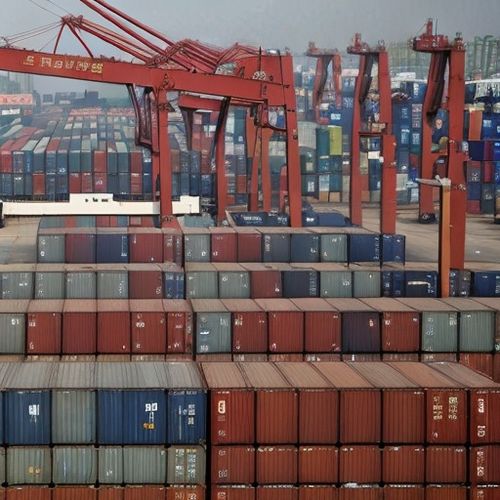
By Samuel Cooper/Apr 14, 2025

By Michael Brown/Apr 14, 2025

By Emma Thompson/Apr 14, 2025

By David Anderson/Apr 14, 2025
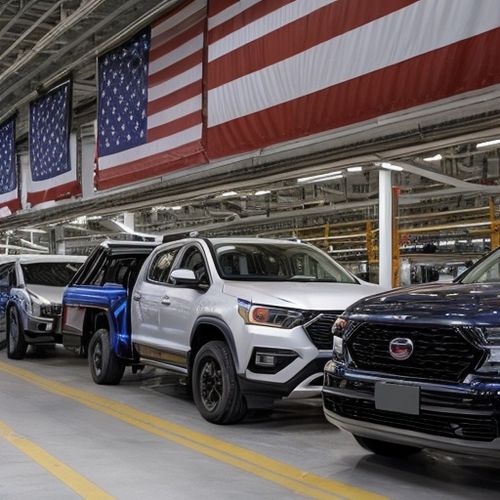
By Megan Clark/Apr 14, 2025
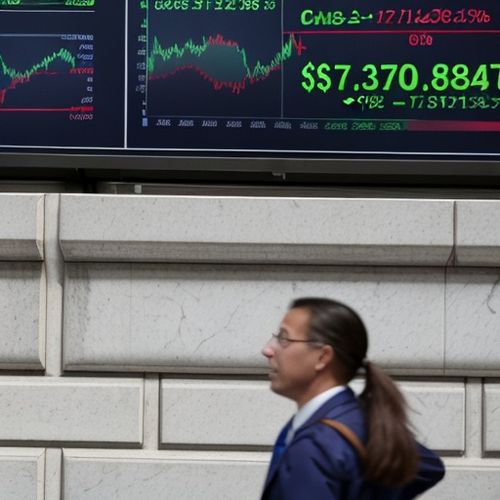
By Emma Thompson/Apr 14, 2025

By Thomas Roberts/Apr 14, 2025

By Rebecca Stewart/Apr 14, 2025

By Natalie Campbell/Apr 14, 2025

By Laura Wilson/Apr 14, 2025

By Ryan Martin/Apr 14, 2025
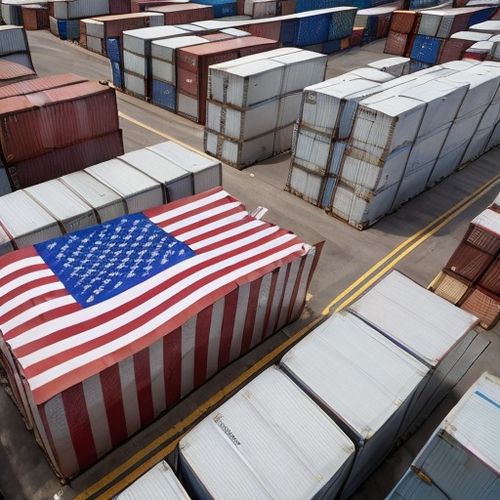
By Elizabeth Taylor/Apr 14, 2025

By Laura Wilson/Apr 14, 2025

By Sophia Lewis/Apr 14, 2025
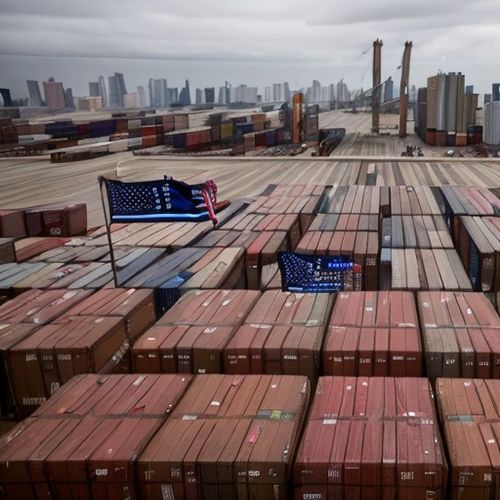
By Laura Wilson/Apr 14, 2025

By Elizabeth Taylor/Apr 14, 2025

By Amanda Phillips/Apr 14, 2025
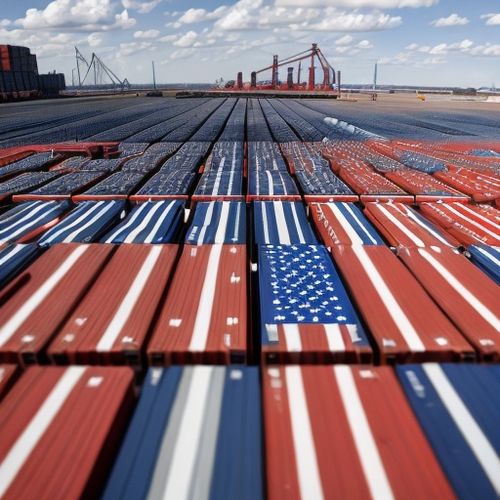
By Sarah Davis/Apr 14, 2025

By Samuel Cooper/Apr 14, 2025